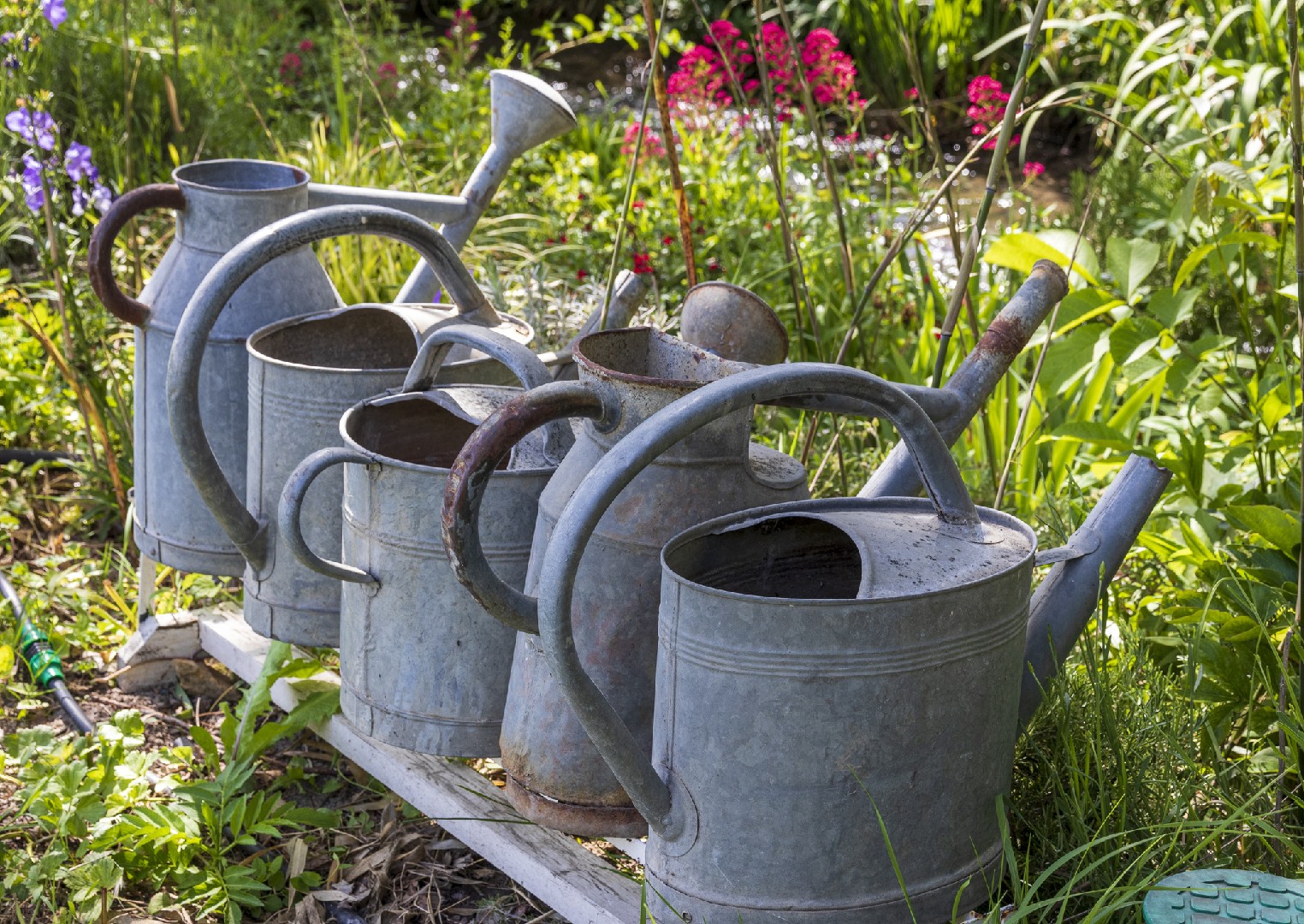![Rectangle]()
The Unfading Charm of Watering Cans
When you think of classic gardening tools, one item that often comes to mind is the watering can. This humble tool has a rich history that spans generations, and its charm has yet to fade. Let's take a journey into the past to explore the historical background of the watering can, its evolution across eras, and its cultural significance.
The watering can has been used for centuries as a means to nourish plants and sustain gardens. It originated in ancient civilizations, where people would manually carry water in containers and pour it onto plants. As time went on, the design of the watering can evolved to make this task easier and more efficient.
In the 17th and 18th centuries, watering cans were crafted from metal, with a spout for controlled water flow and a handle for easy carrying. These classic watering cans were not only functional but also displayed intricate designs and engravings, making them a decorative element in gardens. The aesthetic appeal of these watering cans contributed to their popularity and longevity.
Fast forward to the present day, and we can see the influence of these classic watering cans on modern counterparts. While materials like plastic and stainless steel are now commonly used, the basic design principles remain the same. The spout allows for precise watering, preventing excess water from damaging delicate plants. The handle ensures easy maneuverability, enabling gardeners to reach plants in different areas of their garden.
But what makes the watering can truly special is its contribution to gardening technique and the nurturing of different plant types. Its gentle water flow allows gardeners to control the amount of water distributed to each plant, promoting healthy growth. This is especially important for delicate plants that require careful watering, such as seedlings and young sprouts.
Additionally, the watering can facilitates targeted watering, ensuring that water reaches the roots of plants without splashing onto leaves. This prevents the spread of diseases and minimizes water wastage. It also allows for spot watering, which is particularly useful for plants that prefer dry soil, like cacti and succulents.
Incorporating the use of a watering can into your gardening routine can greatly improve the health and vitality of your plants. Make sure to choose a watering can with a balanced weight and a comfortable grip, as these factors can greatly affect your overall experience. Remember to water your plants in the morning or evening when temperatures are cooler, as this allows the water to be absorbed efficiently.
The watering can is more than just a tool; it is a symbol of nostalgia and a testament to the timeless charm of traditional gardening practices. By embracing this classic tool, you not only honor the past but also cultivate a deeper connection with your garden. So the next time you water your plants, take a moment to appreciate the unfading charm of the watering can and the beauty it brings to your gardening routine.





